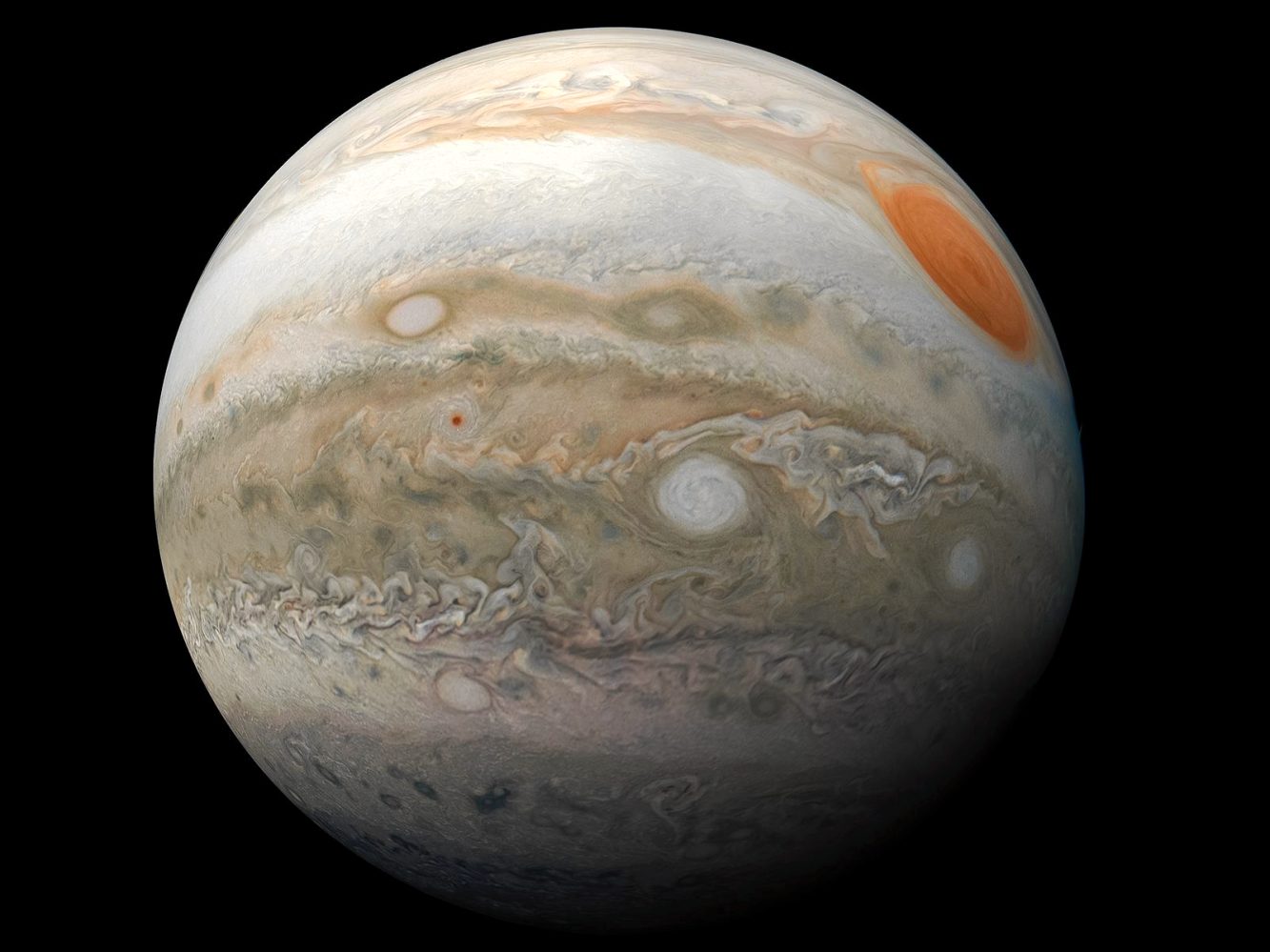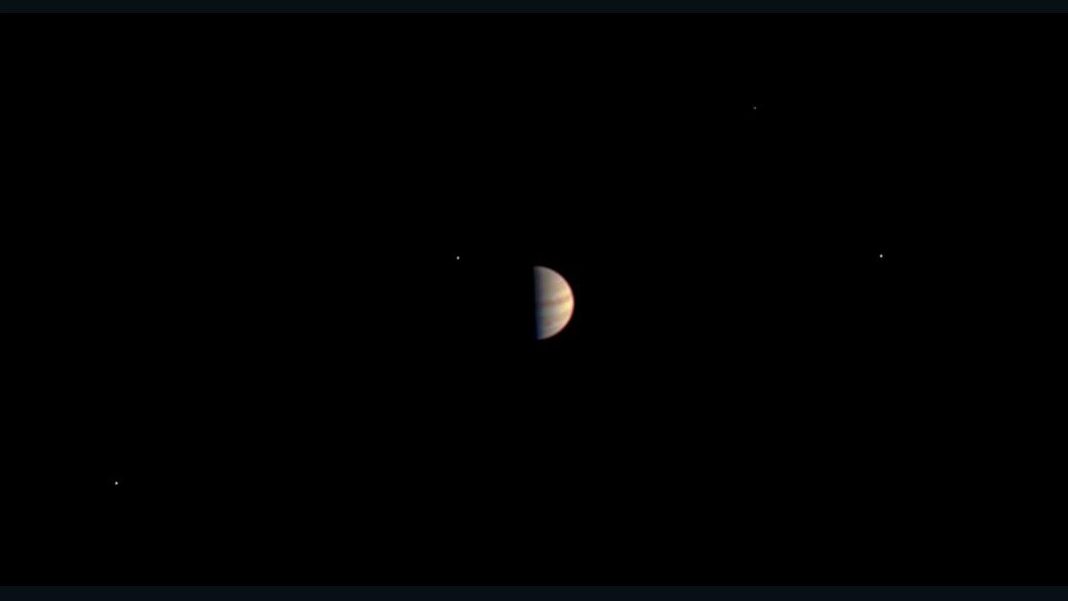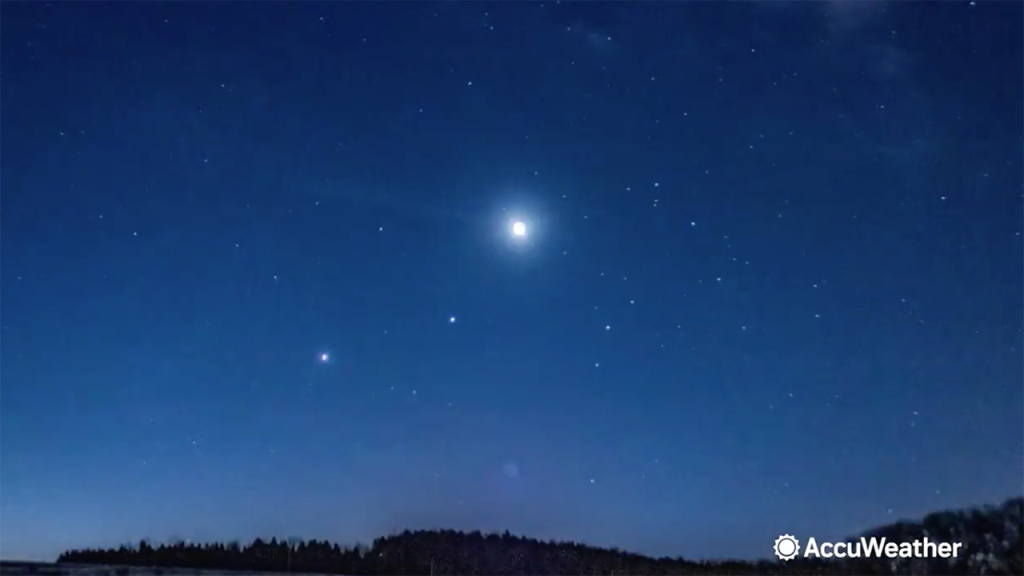
Soon, Jupiter, the largest planet in our solar system, will make its closest approach to Earth in nearly six decades. The gas giant, which is about 600 million miles (965.6 million kilometers) away at its furthest, will rise at almost half that Monday night.
Because Jupiter orbits the Sun at a different speed and elliptical than Earth, the two planets pass each other at different distances throughout the year. Now, according to NASA, Jupiter will come approximately 367 million miles from Earth on Monday, September 26 — its closest approach since 1963.
The space agency originally stated that Jupiter would be making its closest in nearly 70 years on Monday but has since corrected its statement after discovering a data error, a NASA spokesperson said.

Not only will the planet be making a close approach, but lucky for us Jupiter will also be in opposition.
Opposition happens when an astronomical object is placed on the opposite side of Earth as the Sun, where you can draw a straight line connecting them. It’s during this time planets appear at their biggest and brightest.
While Jupiter’s opposition occurs every 13 months, it rarely coincides with a close approach. This will make Monday night’s view even more extraordinary.

“With good binoculars, the banding (at least the central band) and three or four of the Galilean satellites (moons) should be visible,” said Adam Kobelski, a research astrophysicist at NASA’s Marshall Space Flight Center in Huntsville, Alabama. “The views should be great for a few days before and after September 26.”
Expect to begin to see Jupiter ascending in the east around sunset, along with Saturn and Mars. The gaseous giant shouldn’t be too hard to spot as it will be the brightest object in the sky tonight, as the Moon is just leaving 0% illumination.
As for any astronomical event, the ideal viewing location will be at a high elevation in a dark clear-sky area, free from as much light pollution as possible.
If you’re still in need of a telescope, I’d recommend these here. Many significant astronomical events are coming up, including the Draconids meteor shower and Hunter’s moon next month. It’s not too late for some great views of space!
FTC: We use income earning auto affiliate links. More.



Comments